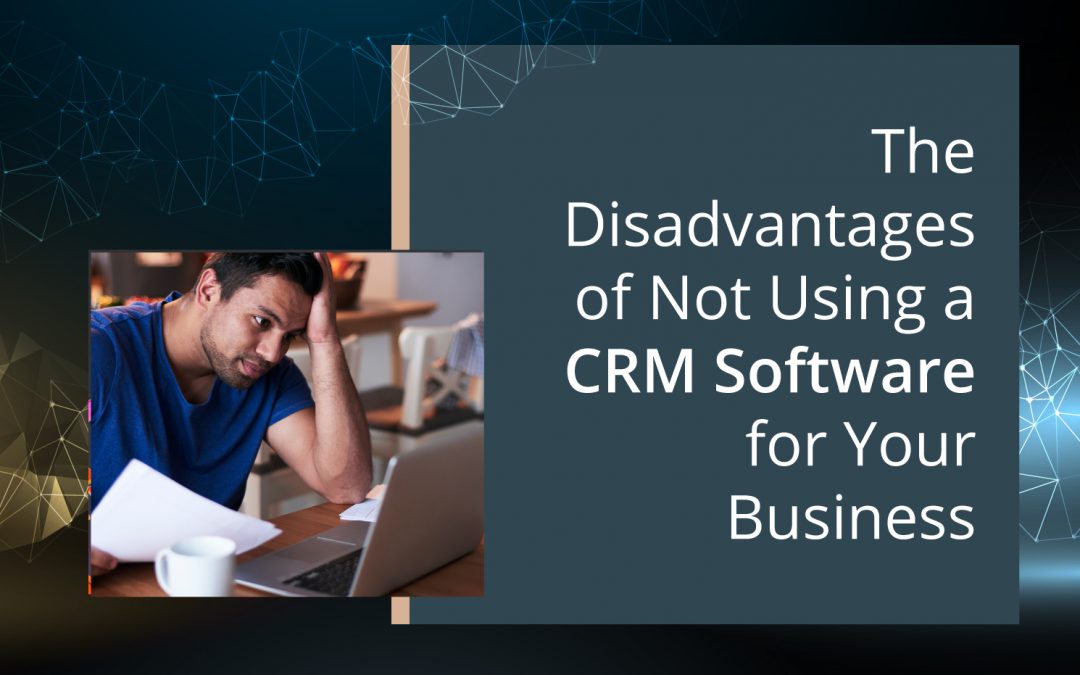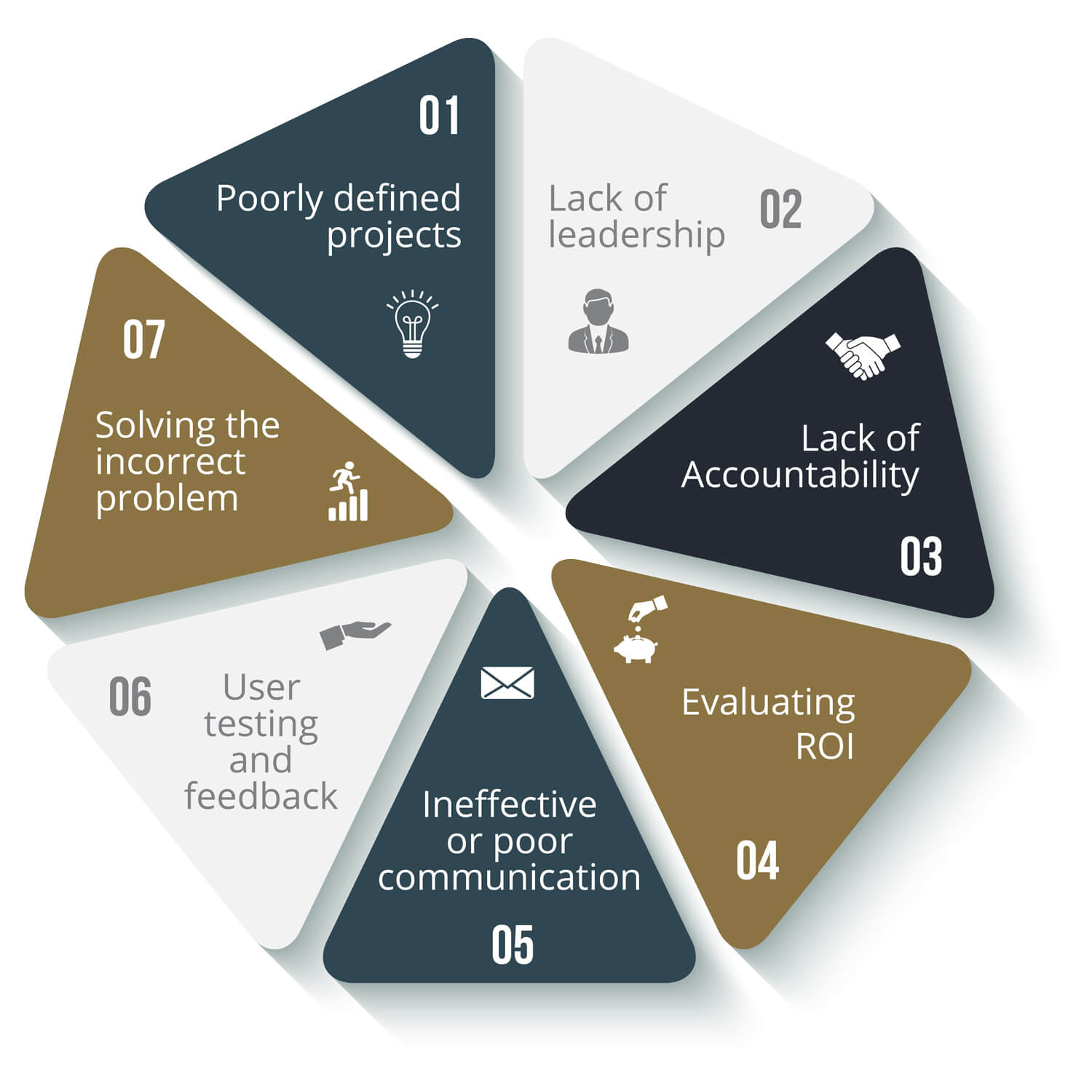Recession is looming: Get your sales team battle-ready Recession is looming. The US and UK are both positioned for one. China is rapidly devaluing the Yuan. Here in South Africa, the economy is already contracting. Don't let this take your sales team by...

Hybrid Work Environment: Challenges and Advantages
Hybrid Work Environment:
Challenges and Advantages
What exactly is a hybrid workplace?
People perceive and apply hybrid working models in many ways. However, there is one unifying principle that underpins hybrid work: flexibility. Hybrid systems are inherently more adaptable than more uniform, inflexible models that require employees to work wholly or primarily in the same central place.
Workers in a hybrid work style have more flexibility to complete tasks when they are most efficient. Effective hybrid working involves the updating of formal flexible working rules, as well as the recognition that a one-size-fits-all strategy rarely actually suits anyone.
COVID-19 has led in significant changes in the way people work and wish to interact in the workplace during the last two years, and these changes are still ongoing.
The current difficulty for companies and employees is determining the optimum combination of in-person and remote work to fulfil the demands of a diverse collection of stakeholders.

Advantages of hybrid work
Hybrid employment has given some people new career options, greater family time, and the ability to choose whether to commute. However, they are not the only advantages.
- Improvements in individual performance
Employees have diverse work habits and perform better in different environments; hybrid work allows employees to take advantage of this.
- Hybrid work is a technique for retaining talent
Build-in flexibility may be a retention driver in the same way that the hybrid work choice enhances the talent pool.
- It boosts productivity
A hybrid approach can provide flexibility and allow individuals to work to their strengths, increasing productivity. Teams may achieve a healthy mix of creativity and cooperation by promoting a culture that considers remote work as a beneficial option to completing deep-focus activities in the office. Employees who want solitude and quiet to concentrate or who flourish in an office environment might be offered the option of working where and when they are most productive.
- It boosts mental health
According to Microsoft statistics, one in every five global survey respondents believes their company is unconcerned about their work-life balance. While work and life are rarely perfectly balanced, work-life fit is an essential component of any healthy working environment.
Challenges of Hybrid work
- Despite all the talk about the great return to the office, the truth is that most organizations will continue to function remotely, at least in some degree, for the near future. This new reality of a completely scattered workforce jeopardizes one of the most crucial Agile principles: collaboration.
- Keeping organizational agility
Understanding how and where the existing workforce is deployed, as well as ensuring that those employees are informed on objectives and goals, will be required.
Hybrid work has mostly influenced how Agile ceremonies operate. Many teams’ communication and collaboration might be hampered when not all the people in the room are present. Estimating and Retrospective Sessions are two of the most effective ceremonies for keeping your team on track during a project.
As a leader, you want to foster a hybrid work environment that is collaborative, efficient, and encourages team members to perform to their full potential. There are several approaches to achieve this aim in today’s ever-changing economic landscape.
When thoughtfully and strategically organized, the hybrid work model can propel your organization to new heights of productivity. Previously, the hybrid model was seen as an alternate work style. However, as more employees want flexibility, it will become increasingly widespread. Companies must address the requirements of their employees or risk losing talent to competitors.

Roehan Manders – Head of Delivery
Roehan completed a B.Com Entrepreneurship & Business Management at North-West University (awarded with Cum Laude) he is also a certified Scrum Master. After developing and running his own marketing website business, he successfully sold the business and became a business adviser, analyst, and high-income private banker. Roehan then used these skills to transition into project management where he trained in SCRUM and Agile methodology.
Don’t miss more articles by The CRM Team
Recession is looming: Get your sales team battle-ready
4 Reasons Why Microsoft’s Becoming Cool Again
4 Reasons Why Microsoft's Becoming Cool Again During the 1980s Microsoft dominated the business world. In that era, being loved or hated didn’t matter much because it was all about winning. And Microsoft was a winning machine. But something happened in the...
Creating Highly Engaged (and) Satisfied Clients
Creating Highly Engaged (and) Satisfied Clients Customer engagement means business growth. It’s that simple. Recent research by Gallup proves just how much customer engagement matters. Clue: a lot. Engaged customers provide a 23% premium over the average customer when...










Recent Comments